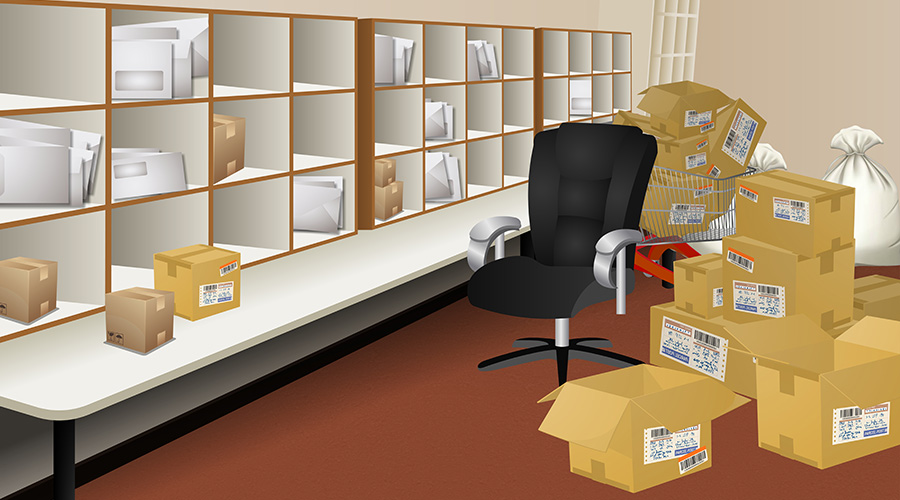Change Management Is Key To Successful Office Space Transition
Lesson #3: Space change doesn't work without true change management.
Moving from a traditional space to a totally open space is a big change, and the failure to carefully and actively manage this is one of the biggest culprits of employee backlash. Even when an open office plan is in line with the culture and the vision of the company, there is still another X factor in whether employees adapt and thrive, and it's change management.
It's about understanding the scope of the impact, how different groups of employees will be impacted in different ways, and then creating an open dialogue, feedback, and educational process about the future. Helping employees make personal behavioral shifts can make the change to an open office plan successful — things like how to use your voice, where to have conference calls or personal calls, how to store your stuff, and where to eat. Instead of merely reacting, it involves anticipating employee concerns and issues and working to make subtle shifts in the culture, so that it feels like a natural progression, versus an overnight change.
One of the most appealing aspects about the open office is that everyone can see each other. It flattens the hierarchy and equalizes that Mad Men-esque sense of real estate entitlement. However, if leadership hasn't bought in, no one else will really buy in. For example, if the boss doesn't use the phone booth, respect the various cultures of the "neighborhoods," or eat in the same places as everyone else, it sends a message that the hierarchy really is still there and the design is just for show. When the leader takes the reins and engages in the design process, it gives people hope and opens up the opportunity for a more open and inclusive culture.
Leaders can help set the tone early in the design process — for example, by making it clear that they will get desks that are identical and interchangeable with those of everyone else in the office and that they will take advantage of touch-down areas and pervasive technologies. Change management happens at all levels — including the very top. The smallest things that leaders say and do (or don't say and don't do) can wind up making a big difference.
When the American Red Cross San Francisco moved into its Bay area headquarters, it shifted from a downtown setting with offices and cubicles into an open environment with low partitions and no offices. "When we moved the walls and took people out of offices, I expected it would take time to 'get used' to the new environment," said Joe Lund, regional director of operations, Gateway to the Golden State Region. "To my surprise, our employees quickly adapted and our culture has become more open. People can now see their team and colleagues, whereas in the old space you might not see someone all day. The team-building that the new space allows is really phenomenal."
Related Topics:














